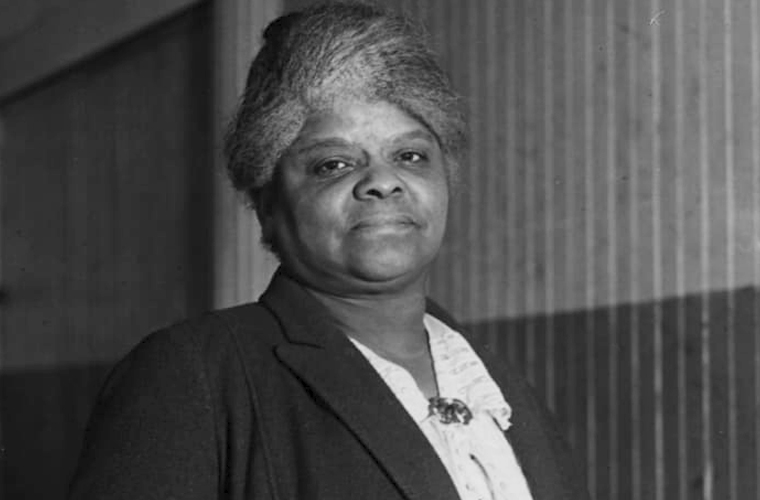Ida B. Wells was an influential African American journalist, educator, and early leader in the civil rights movement. Born into slavery on July 16, 1862, in Holly Springs, Mississippi, she became known for her fearless and uncompromising advocacy for racial and gender equality. Wells’ activism began in the 1880s when she sued a railroad company for forcibly removing her from a train car designated for white passengers. This experience led her to become a vocal anti-lynching activist, as she recognized the urgent need to address the widespread violence and injustice faced by African Americans in the South. Through her investigative journalism and public speaking, Wells brought international attention to the brutal reality of lynching and its role in perpetuating white supremacy.
In addition to her anti-lynching work, Wells was a co-founder of the National Association for the Advancement of Colored People (NAACP) and a key figure in the women’s suffrage movement. Her commitment to intersectional activism—advocating for both racial and gender equality—was ahead of its time and continues to inspire social justice advocates today. As a journalist, Wells used her platform to challenge racial segregation and discrimination, often at great personal risk. Her writing appeared in prominent publications, and she published several pamphlets and books, including “Southern Horrors: Lynch Law in All Its Phases” and “The Red Record,” which exposed the horrors of lynching and the complicity of white Americans in perpetuating racial violence.
Wells’ legacy extends beyond her journalism and activism. As an educator, she worked tirelessly to promote literacy and education within the African American community, understanding the power of knowledge as a tool for empowerment and liberation. She also traveled internationally to advocate for human rights and social justice, building solidarity with marginalized communities around the world. Throughout her life, Wells faced significant opposition and hostility from those who sought to silence her voice and undermine her work. Despite these challenges, she remained steadfast in her commitment to justice and equality, leaving an indelible mark on the history of the civil rights movement.






Ida B. Wells’ contributions to the fight for civil rights continue to be celebrated and honored today. Her fearlessness, determination, and unwavering dedication to justice serve as an enduring example of the power of activism and the importance of speaking truth to power. Wells’ impact on American society is immeasurable, and her legacy serves as a reminder of the ongoing struggle for equality and justice for all.

